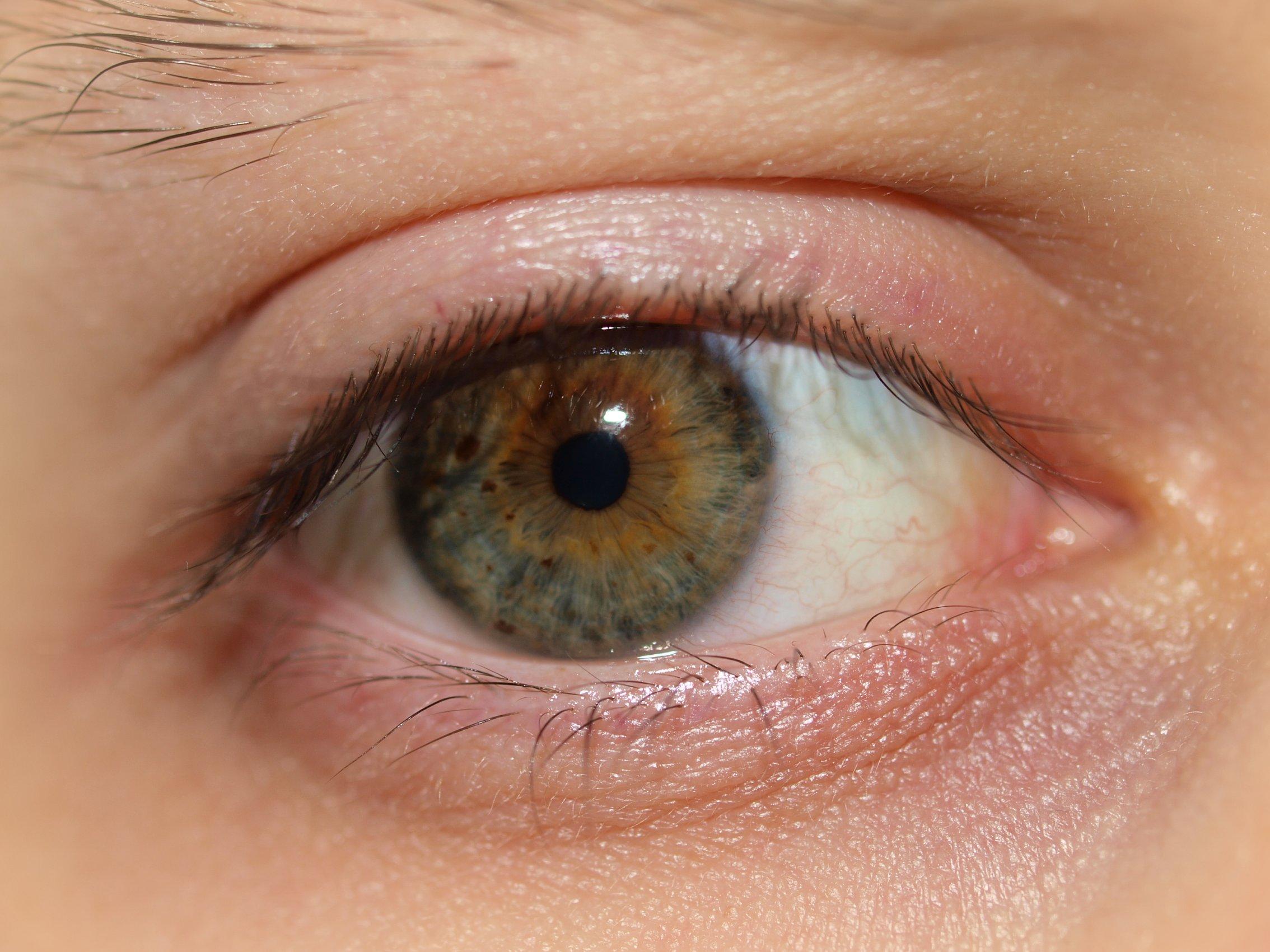

After brown comes the blue-eyed crowd, with 8% to 10% of the world having blue eyes, 5% having amber or hazel eyes, and 2% of the world having green eyes. Conversely, brown eyes are the most common color yet the least attractive to the survey's respondents.Īccording to World Atlas, approximately 79% of the world's population has brown eyes, making it the most common eye color in the world. One of the study's main findings was that gray eyes are both the rarest and the statistically most attractive eye color, with hazel and green following closely behind. The AAO states that those with central heterochromia have iris with two differently colored rings, while those with complete heterochromia have one iris with a different color.1-800-Contacts recently conducted a survey of 1,000 people in order to figure out people's perceptions of eye color and what these different color preferences can reveal about us. A person may also have more than one eye color, a condition called Heretochromia, which affects less than 1% of people. The lack of pigment leads to red or violet eyes and often problems with their eyesight. Other Eye Colors: Persons with albinism have very little or no melanin in the iris. These people make up about 9% of the U.S. Nevertheless, green eyes are common in a few parts of the world, like Ireland and Scotland. Green eyes: Approximately 2% of the world's population has green eyes, making it the rarest eye color.

The collagen is scatted by light to make the eyes look gray. The gray-eyed have little or no melanin in their iris but have more collagen in the stroma part of the eye. Gray eyes: Close to 3% of people in the world have gray eyes. More people living in Asian, South American, Spanish, and South Africa are more likely to be amber-eyed Hazel eyes are most common in North Africa, the Middle East, Brazil, and Spain.Īmber eyes: Amber eyes have a little more melanin than hazel eyes, and still account for approximately 5% of the population. Hazel eyes: About 5% of the world’s population and 18% of Americans have hazel eyes - a mixture of green, gold, and orange.

Scientists believe that all blue-eyed people can be traced back to a common ancestor, who probably had a genetic mutation that reduced their melanin in the iris. and a higher population in Africa, and Asia are brown-eyed.īlue eyes: Close to 8%-10% of people have blue eyes, with the US having a percentage of around 27%. In fact, the American Academy of Ophthalmology (AAO) claims that everyone on the planet had brown eyes around 10,000 years ago.

Eye Color Percentage Around the Worldīrown eyes: Estimates show that 70%-80% of the world’s population have brown eyes. Many babies born with blue eyes experience a change in color as more pigment develops within the first three years. Instead, they have less melanin, absorb less light, scatter more light and reflect it along the spectrum of light color.Īn iris with little melanin appears blue, while those with more little melanin appear green or hazel.Įye color may not remain constant throughout your life. Non-brown eyes have no different color pigments.
Hazel brown eyes skin#
This melanin is the brown pigment responsible for eye color, hair, and skin color. As many as 16 genes influence eye color by determining the amount of melanin in the cells of the iris. This part surrounds the pupil - the small black hole in the eye's middle that regulates the light.


 0 kommentar(er)
0 kommentar(er)
